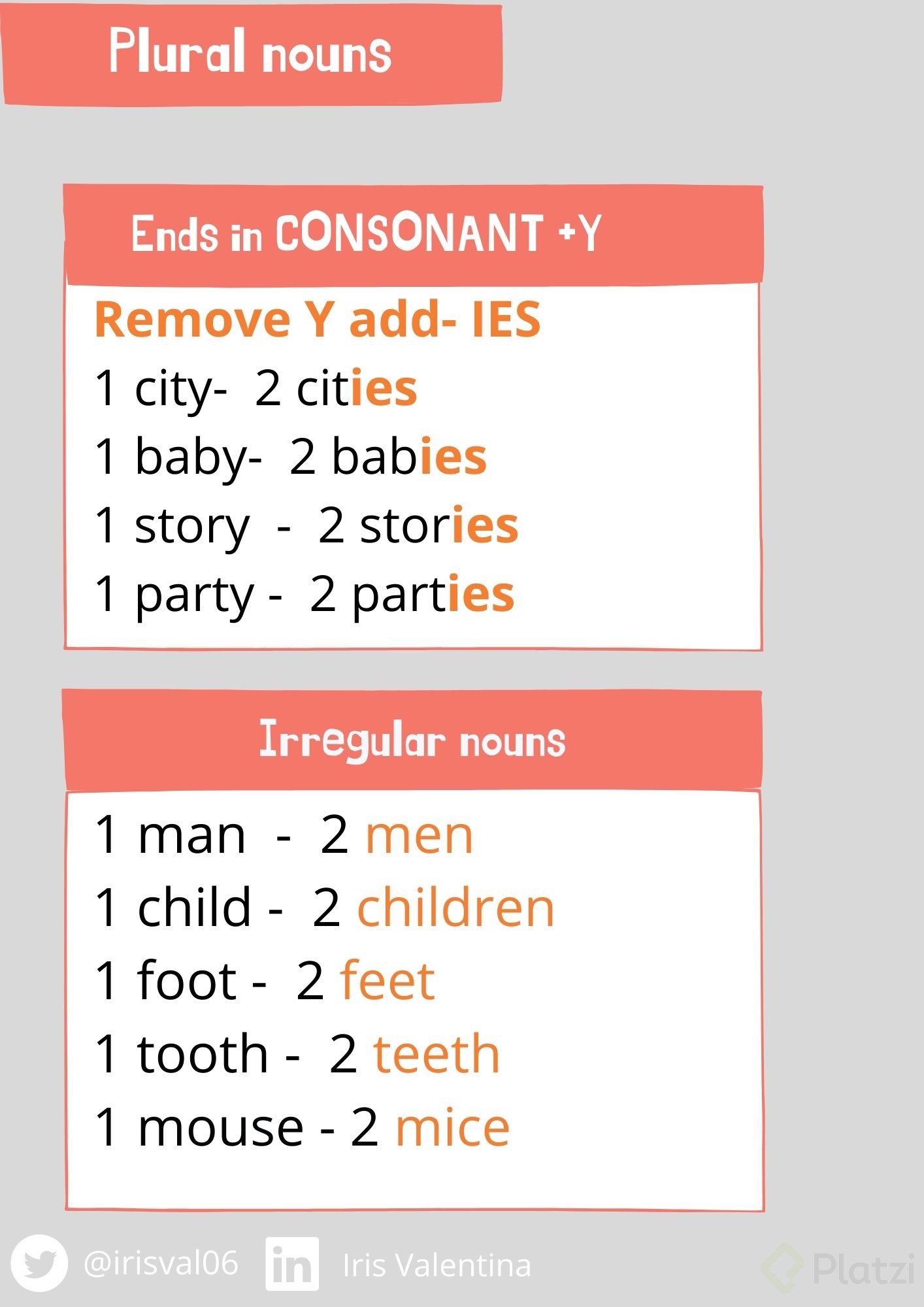

For example, we add – es to the end of the singular noun bus to make the plural noun buses. When comparing singular and plural nouns, we can often say that the plural noun is the “plural of X singular noun.” For example, the noun bugs is the plural of the singular noun bug.įor singular nouns that already end in S, we instead add the ending – es. For example, you take the singular noun apple and add an S to make the plural noun apples. The general rule of plural nouns is that they are created by adding the letter S to the end of a singular noun. Notably, plural nouns cannot follow the articles a and an and always use plural verbs (such as are, were, and do). For the most part, you should be able to identify most plural nouns if you remember that they refer to more than one of something. A noun that only refers to one of something is called a singular noun. On the other hand, the word dog is not a plural noun because it only refers to a single animal. The word plural is used in grammar to mean “noting or pertaining to a member of the category of number, found in many languages, indicating that a word has more than one referent.” So, a plural noun is a noun that refers to more than one of something.įor example, the word cats is a plural noun because it refers to more than one animal. If they are all plural nouns then why do some of them look so odd? Plural nouns are an especially tricky type of noun that don’t always play by the rules, so let’s take a moment to learn more about them. We use many different types of nouns, but the nouns in our quiz are all of the same type: plural nouns.

Our little quiz used several different nouns, words we use to refer to people, places, and things. As you took our silly quiz, you may have noticed something strange going on.

Pop quiz! Do you have any pets? Do you have any siblings? Do you have sore feet? Have you brushed your teeth today? Are you afraid of mice? Don’t worry, there are no wrong answers.


 0 kommentar(er)
0 kommentar(er)
